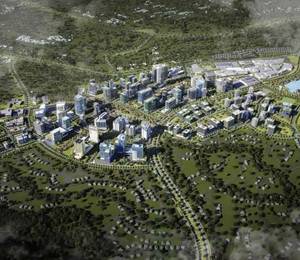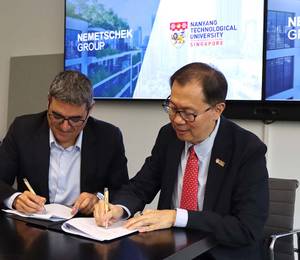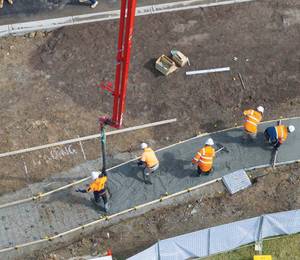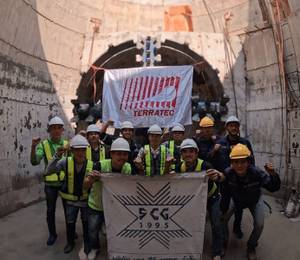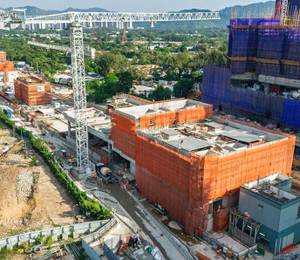The Asian Development Bank (ADB) has approved financing of up to US$2.1 billion for the construction of a 32.15-km bridge connecting Bataan and Cavite provinces across Manila Bay. When completed, it will decongest Metro Manila, enable greater mobility of labour and goods, and enhance economic productivity in the Philippines’ largest region of Luzon.
The Bataan–Cavite Interlink Bridge (BCIB), one of the government’s flagship infrastructure projects, will complete the transport loop around Manila Bay and better link Metro Manila to central Luzon and nearby Cavite, Laguna, Batangas, Rizal, and Quezon provinces. The bridge will help boost economic activity in these areas, which together account for 60% of the country’s gross domestic product.
According to ADB, the project will construct one of the world’s longest marine bridges, including two cable-stayed bridges, 24 km of marine viaducts, and a total 8 km of approach road in Bataan and Cavite provinces.
“The BCIB represents the latest instalment in ADB’s broader agenda of support towards strengthening urban and regional transport networks in and around greater Manila. This includes the South Commuter Railway, Malolos Clark Railway, and two other projects currently being prepared for financing – the Metro Manila Rail Transit Line 4 and the Laguna Lakeshore Road Network,” explained Scott Morris, ADB vice president for East and Southeast Asia, and the Pacific.
The BCIB project will cut travel time between Bataan and Cavite to 1.5 hours from 5 hours, and to about 2 hours from 4 hours between Bataan and Metro Manila. ADB said the traffic decongestion in Metro Manila and the reduced travel time will help lower annual greenhouse gas emissions in the Philippines by an estimated 79,000 t of carbon dioxide equivalent.
The ADB-financed Infrastructure Preparation and Innovation Facility supported the project preparation, environment and social safeguards due diligence, and detailed engineering design for BCIB. The project will follow high technical standards to boost resilience to natural hazards and the effects of climate change, such as sea level rise, increase in temperature and heatwaves, and extreme weather events. The bridge will be built using low-carbon technologies and construction materials where applicable.
Image: Department of Public Works and Highways (via ADB)



